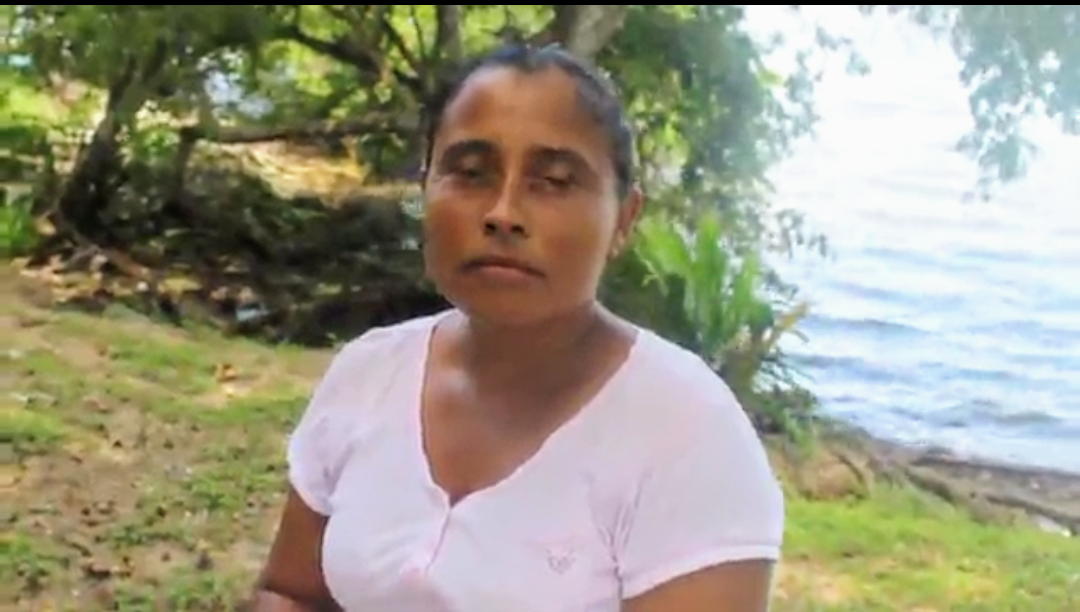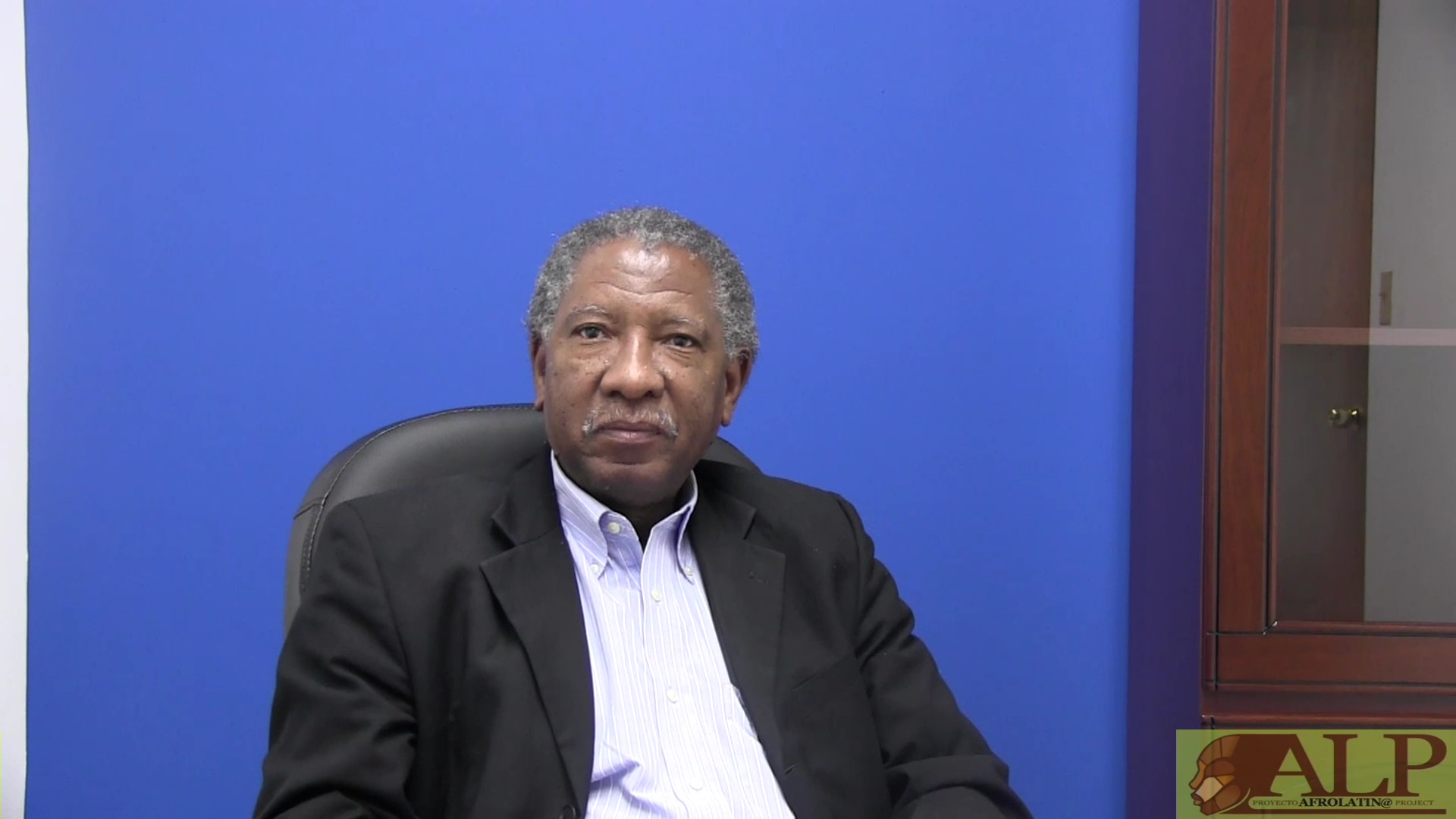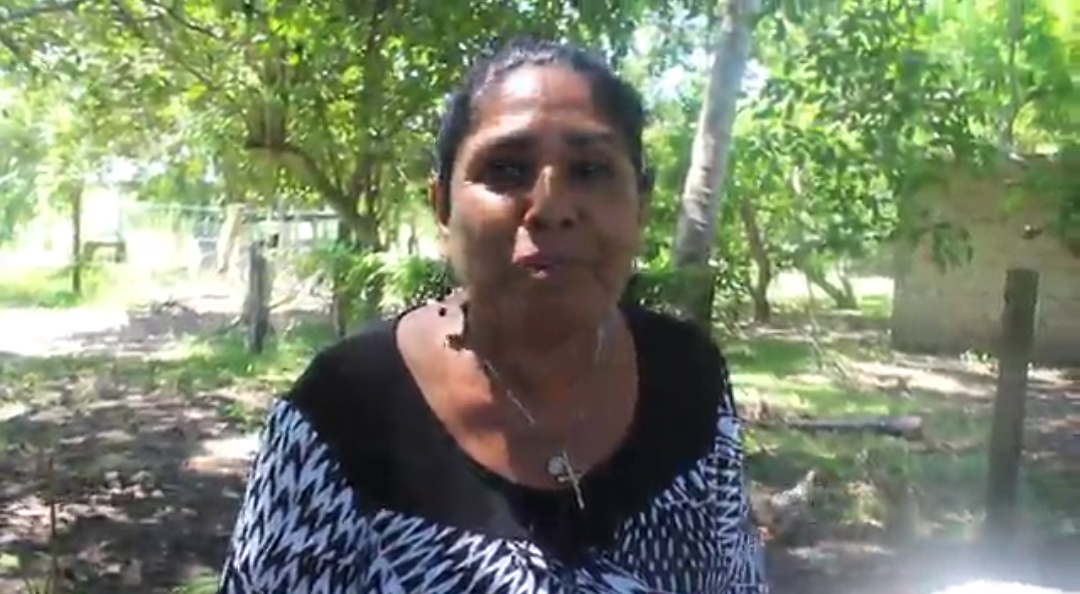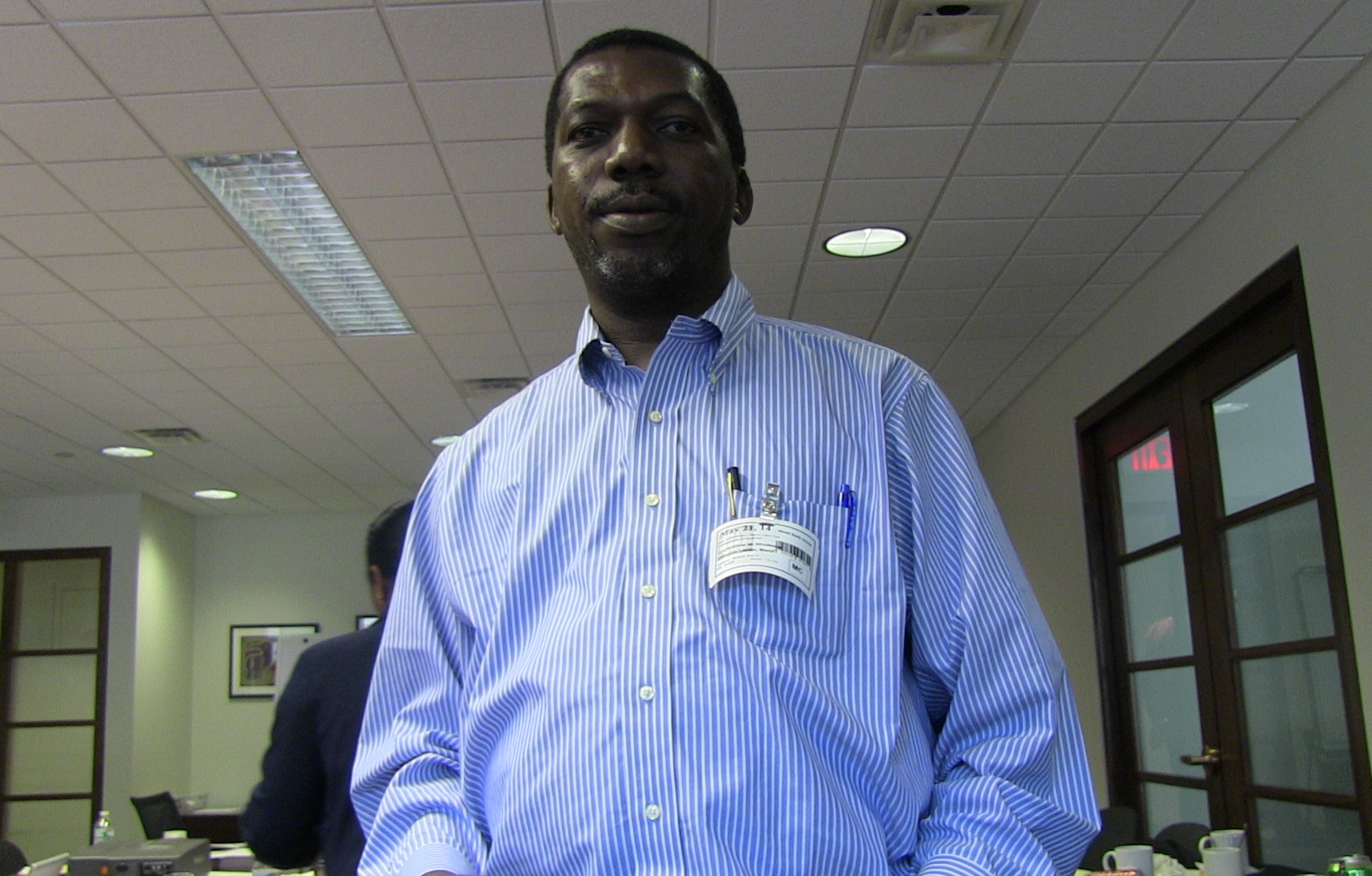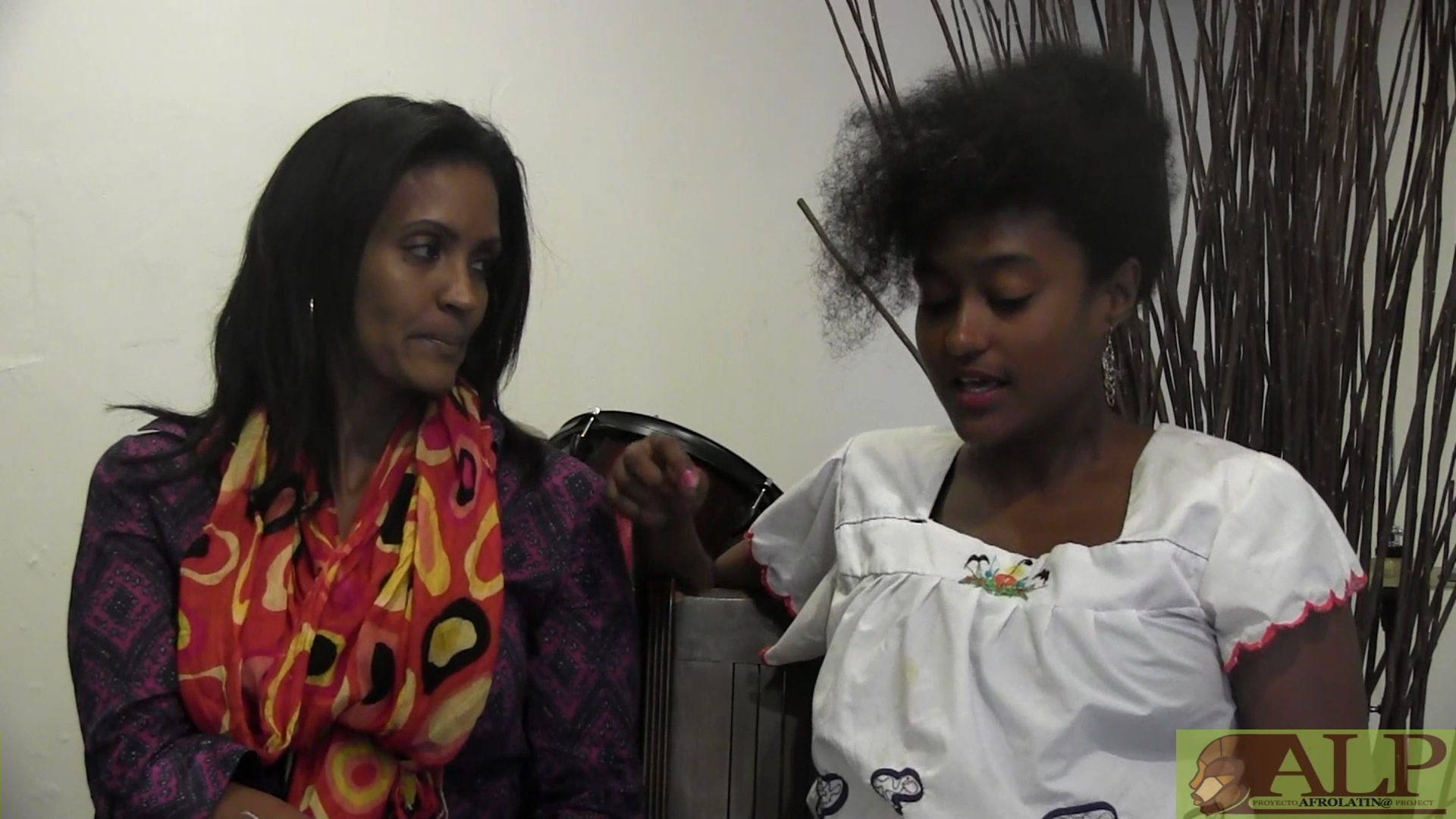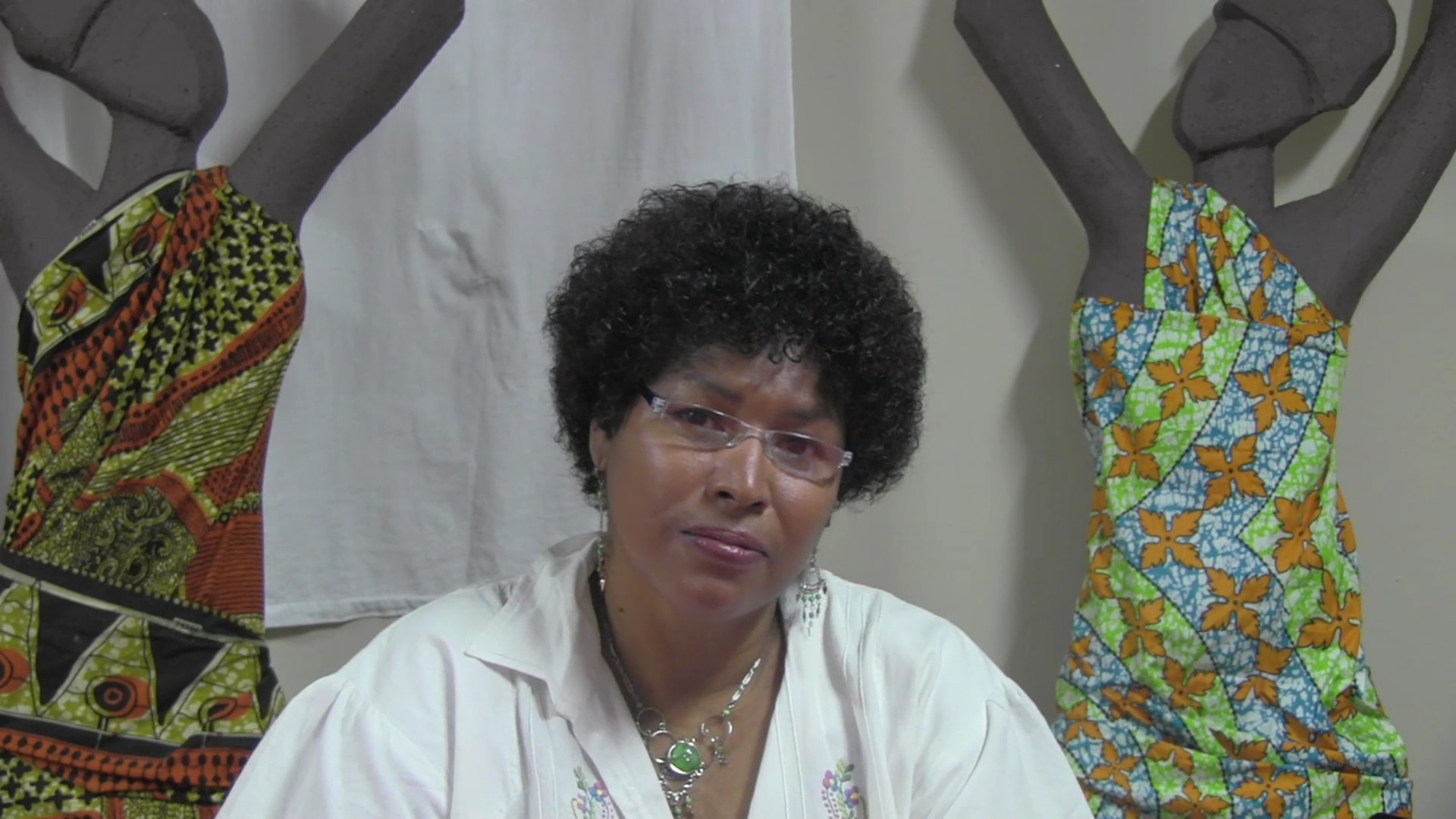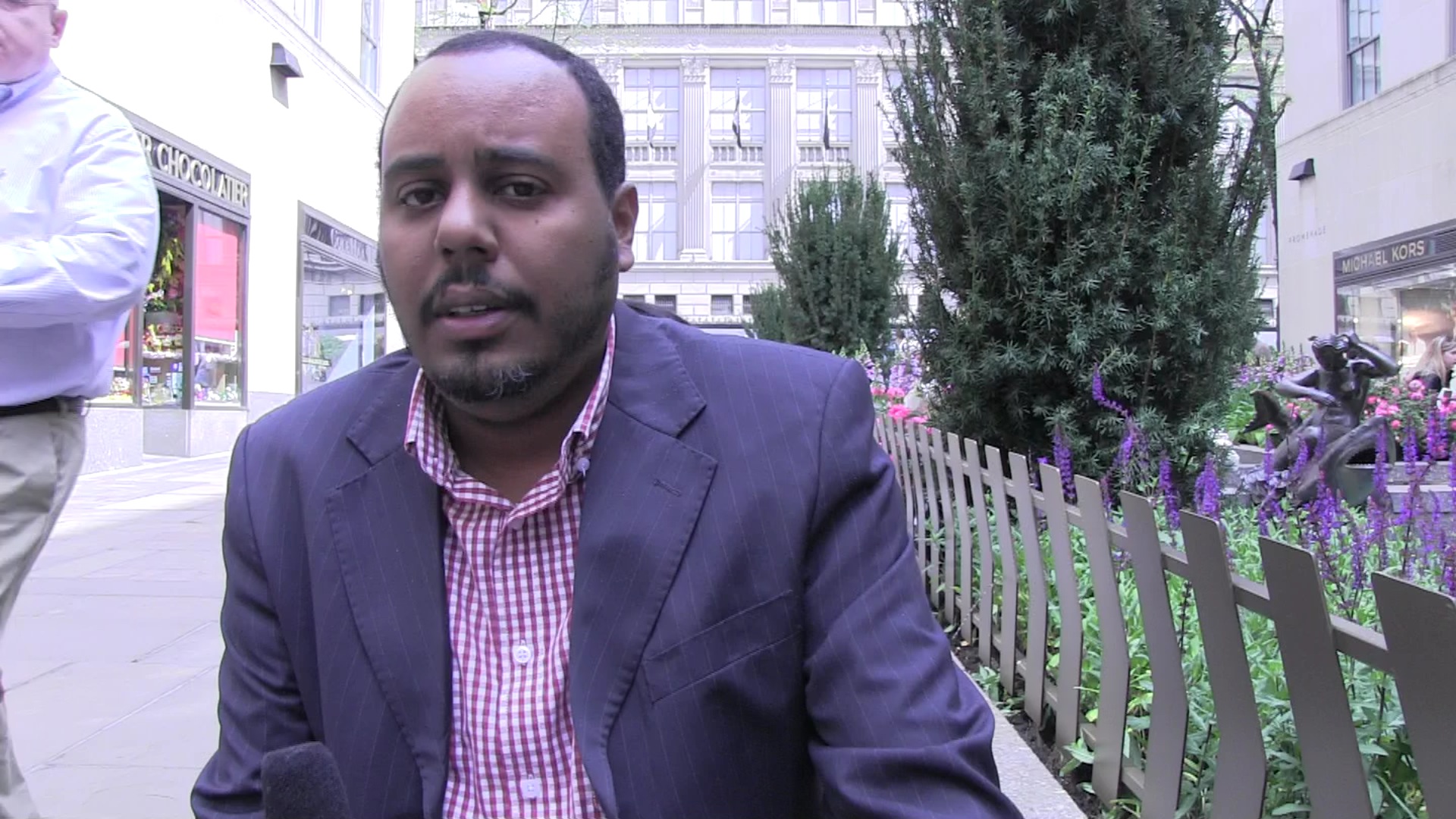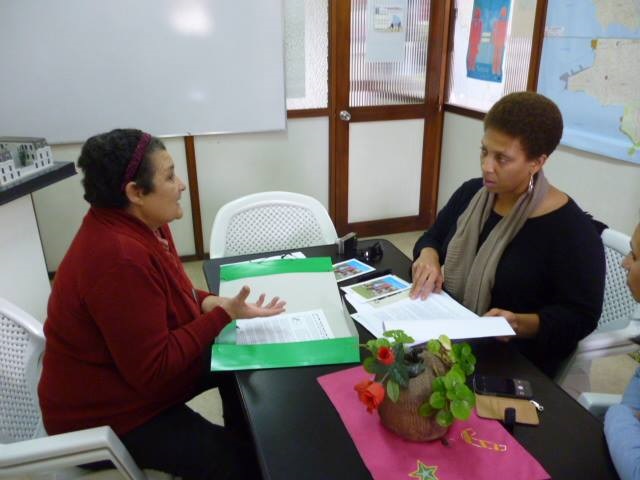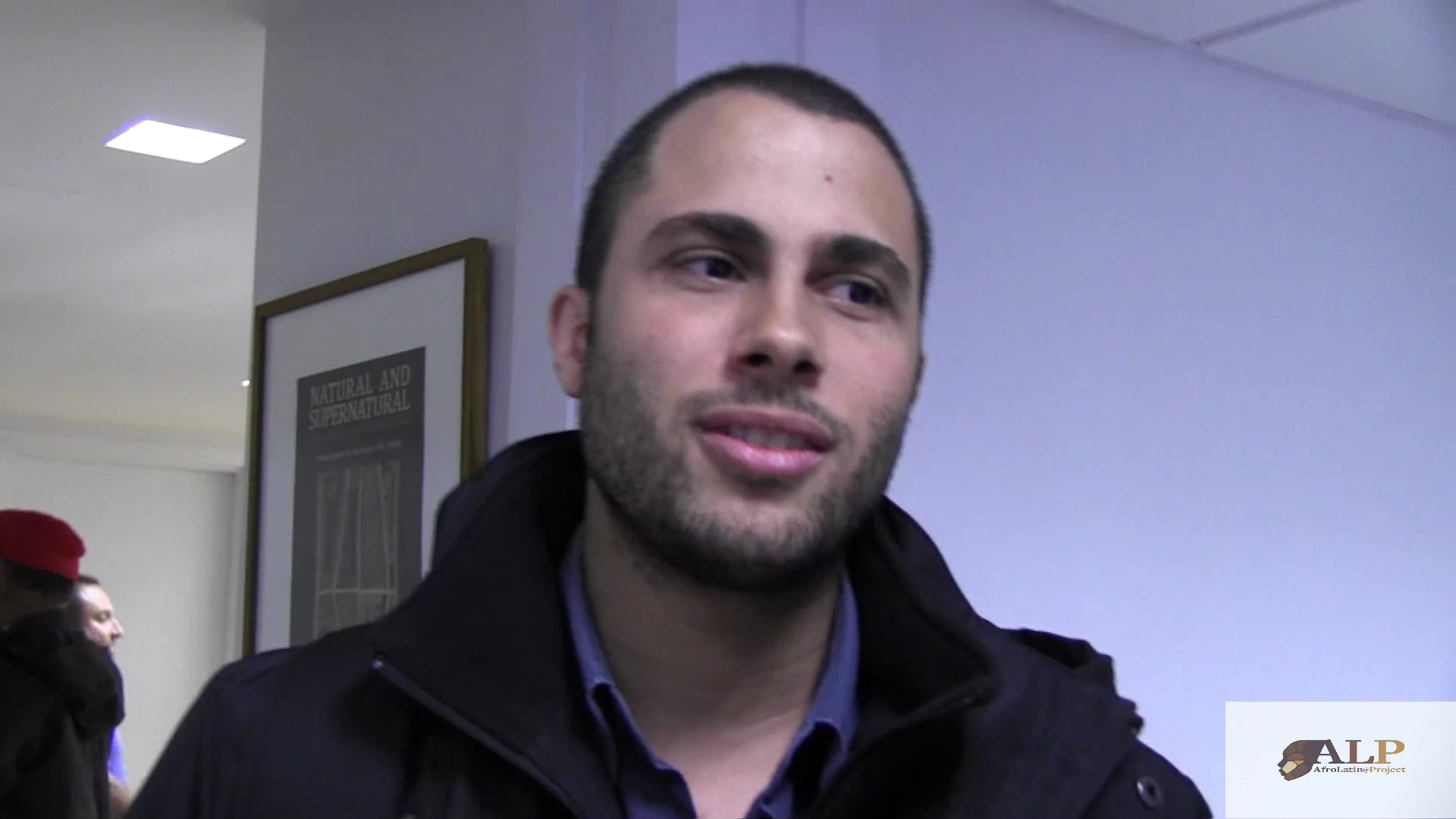New York City Monument Will Honor Trans Activists Marsha P. Johnson and Sylvia Rivera
By: Meilan Solly
A new monument will commemorate Marsha P. Johnson and Sylvia Rivera, trans activists, drag performers and close friends who played central roles in the 1969 Stonewall Uprising. The statue—one of six commissioned by public arts campaign She Built NYC for its first wave of women-centric installations—will be the “first permanent, public artwork recognizing transgender women in the world,” according to the City of New York.
Johnson and Rivera were prominent figures in the gay liberation movement and the Greenwich Village scene. Tireless advocates for homeless LGBTQ youth, those affected by H.I.V. and AIDS, and other marginalized groups, the pair were involved in the early days of the Gay Liberation Front, a radical organization that peaked in the immediate aftermath of Stonewall, and the Gay Activists Alliance, a more moderate and narrowly focused spin-off group. In 1970, Rivera and Johnson launched Street Transvestite Action Revolutionaries (STAR), an organization dedicated to sheltering young transgender individuals who were shunned by their families.
According to some accounts of the Stonewall Uprising, Johnson and Rivera were among the first to physically resist a police raid on the bar.
Read more: https://www.smithsonianmag.com/smart-news/new-york-city-monument-will-honor-transgender-activists-marsha-p-johnson-and-sylvia-rivera-180972326/#p3AcgJbDvexRgZQf.99
Give the gift of Smithsonian magazine for only $12! http://bit.ly/1cGUiGv
Follow us: @SmithsonianMag on Twitter









